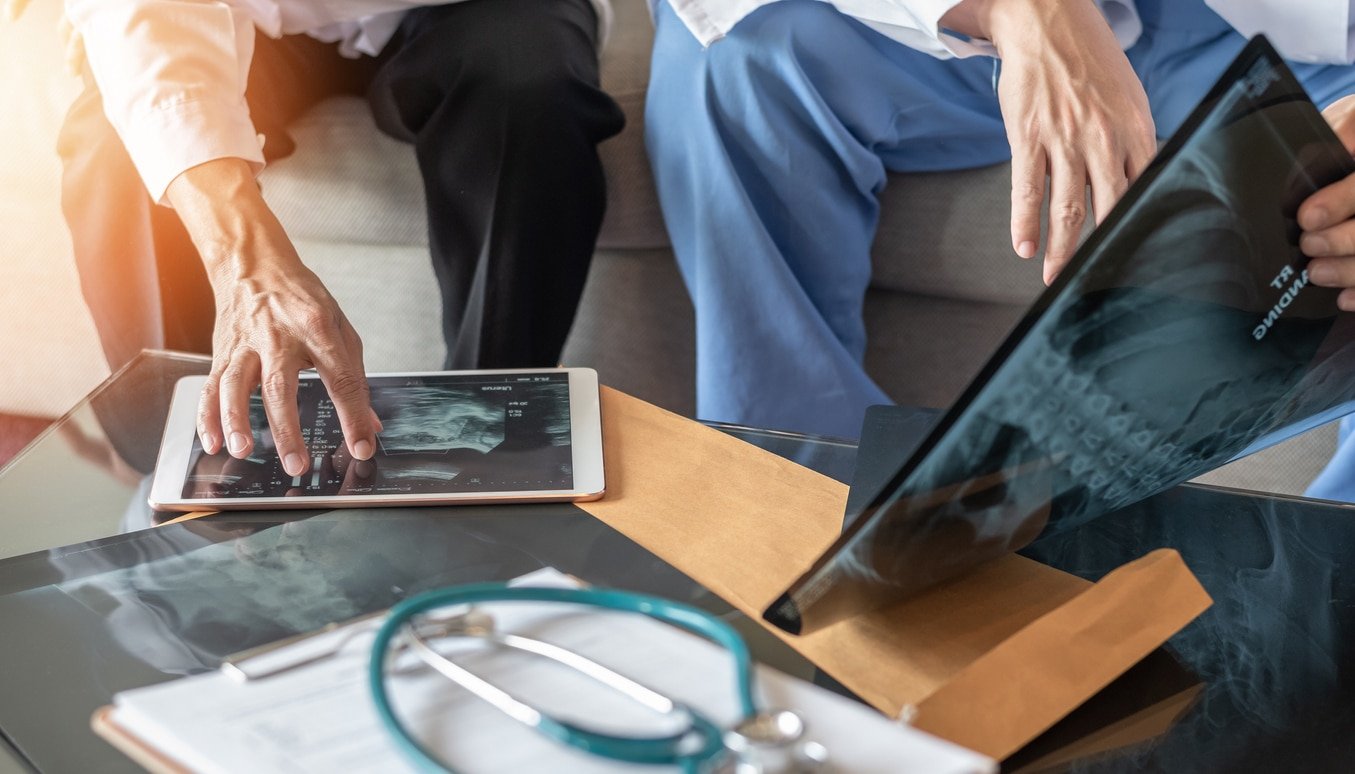When performing a spinal fusion, the surgeon may insert rods, plates, screws, cages or hooks to hold the bone in place while the vertebral joints fuse together. These are typically made of titanium, stainless steel or cobalt chrome. By using these devices, along with spinal fusion, the patient will have immediate strength and stability to the spine. The process of the bone fusing takes several months to a year depending on the extent of the fusion. The devices may be removed after the spinal fusion is achieved, but these are typically left in place to avoid additional surgery.
Types of Instrumentation/Devices:
- Pedicle screws—these are inserted during a posterior approach. These provide no stability alone, but provide attachment points for the rods that will be inserted.
- Cages—these are oftentimes referred to as interbody fusion devices. These are used during fusion to help maintain the foraminal height as well as any needed decompression. The cages are open in the middle and will typically be filled with bone graft and/or bone substitute.
- Plates—these are typically placed to help support the anterior cage that has been placed.
- Hooks—these may be used alone or used to secure the rods and/or cables that may have been used for support of the spinal fusion. These are used to anchor the posterior spine
- Rods—these are usually used in pairs and may be cut to fit the patient’s anatomy and curve of the spine.
- Cable—this is used to apply a specific amount of tension to a particular area of the spine.
For the root operation “fusion” to be coded during spinal fusion, bone graft or bone graft substitute must also be used. Insertion of instrumentation and/or devices alone does not constitute a spinal fusion. Please see Coding Clinic for ICD-10-CM/PCS, First Quarter 2018: Page 22 for more on this.
Learn more about Spinal Fusion Coding by purchasing our Spinal Fusion Coding eBook.
Authored by Kim Boy, RHIT, CDIP, CCS, CCS-P
References
columbiaspine.org/treatments/instrumented-spinal-fusion/
spineuniverse.com/exams-tests/devices/spinal-instrumentation
link.springer.com/article/10.1007/BF00278923
Coding Clinic for ICD-10-CM/PCS, First Quarter 2018: Page 22
Coding Clinic for ICD-10-CM/PCS, First Quarter 2017: Page 21
Coding Clinic for ICD-10-CM/PCS, Second Quarter 2017: Page 23
Coding Clinic, Third Quarter 2014: Page 30
The information contained in this coding advice is valid at the time of posting. Viewers are encouraged to research subsequent official guidance in the areas associated with the topic as they can change rapidly.





